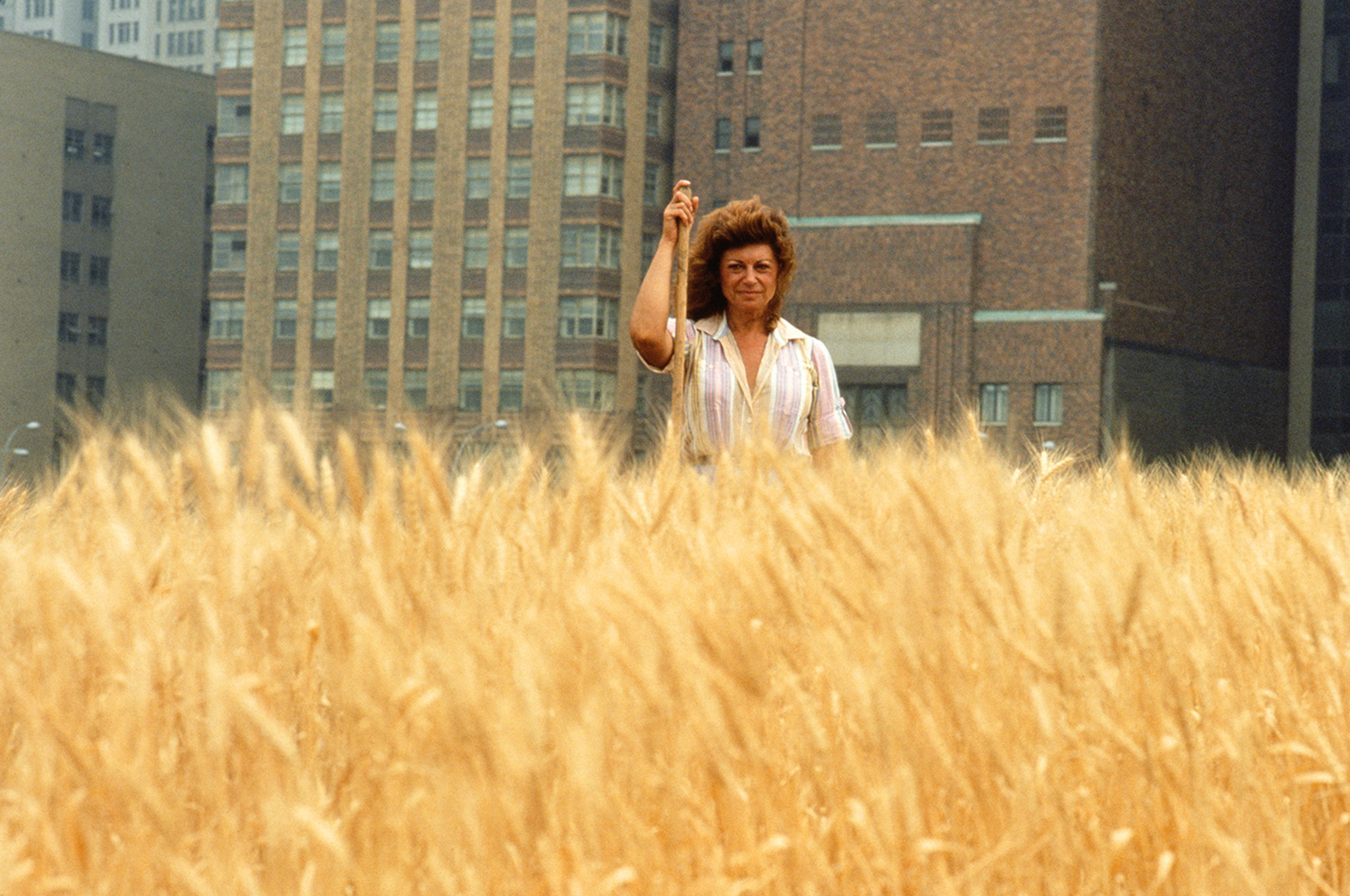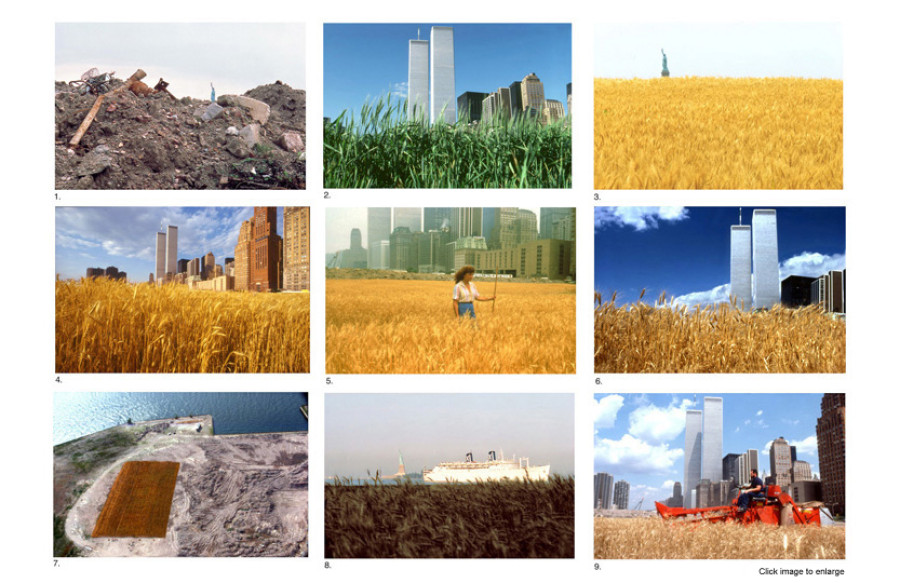The genius woman who combines philosophy and science with art: Agnes Denes
Agnes Denes' Life, Works and Unknowns

Agnes Denes was born in 1931 in Budapest, Hungary. Her family survived the war and the Nazi occupation.
After the start of the Second World War, tensions continued to rise in Hungary. In March 1944 the country was occupied by the Nazis and shortly thereafter by the Soviets. Around this time, Denes' family fled to Sweden. In these early teen years, Denes was already creative and writing poetry.
While living on Öland, an island in the Baltic Sea off Sweden's southeast coast, Denes encountered birds that took a break before migrating south to nest. The birds were in the form of flocks. Sometimes individual birds would lose their orientation and commit suicide, stopping flapping their wings and falling to the ground. Young Denes was fascinated by this phenomenon.
Denes, who created the Birds Project, her first environmental/philosophical study in Sweden, when she was still young, compared the colonies of migratory birds to people she metaphorized as other migrants of the world.
After studying painting at the New School and Columbia University in New York, she began her artistic career as a poet. Agnes Denes' poetic practice inspired her to reflect on intellectual content and form, which she later called "Visual Philosophy". She said that repeated changes in language led her to focus on the visual arts. She soon abandoned painting due to the constraints of the canvas and focused mainly on ideas she could explore in other mediums. Her last act as a painter was to create a landscape out of patterns created by repeatedly enlarging the canvas weave. From this point on, Denes placed her practice and theory in the ever-changing landscapes of our planet.
Denes described the art world at the time she started working as "a close-knit boy band". The endpoint of Abstract Expressionism was machismo and an incredibly male-dominated world. This led to a feeling of isolation for the artist, but she remained determined to achieve her goals no matter what. This attitude led to a career that is difficult to define or to be thrown into a particular style or movement.
In 1968, Denes staged what she claimed was a "symbolic event" through the first Rice/Tree/Burial iteration. She planted rice to represent life, chained trees together to signify human intervention in life and natural processes, and buried Haiku poetry to symbolize the idea or concept. This event symbolically announced her new “commitment to environmental and humanitarian concerns”.
Denes called her lifelong quest to understand the scope of human knowledge, the effort to "make the invisible visible." Her work also began (and still continues) to involve a significant amount of solitary research time in the library. It was at this point that she began to rewrite and completed her own manifesto in 1970.
Denes' experience with "male supremacy" in the arts led her to advocate the work of female artists like herself.
She joined the AIR Gallery, the first female artists' cooperative in the USA, as a founding member in the 1970s.

In the early 1980s, Doris Freedman, who founded the Public Art Fund and was a good friend of Denes, asked her to create a piece of public art in Queens. In 1982, Denes created a wheat field in a landfill two blocks from Wall Street. This would become her best-known work. A Wheatfield Confrontation showed what it took for Denes to quickly gain fame.
In the 1980s and '90s, the world was still miles behind in knowledge and mainstream research on environmental issues. Denes attended global climate conferences almost every year. But getting noticed in the art world was difficult for her. Because her work was often of interest to those who took a special interest in her concerns. This is perhaps due in part to Denes' friendship and collaboration with scientists and philosophers rather than with other artists. In recent years, Denes has become more and more appreciated as the threat of global climate collapse has become harder to ignore.
Denes' tireless work has been featured in nearly 600 exhibitions in more than 30 countries. She has spoken at 50 global symposia, produced more than 30 large-scale installations and commissions, and authored six books.
https://www.agnesdenesstudio.com/
